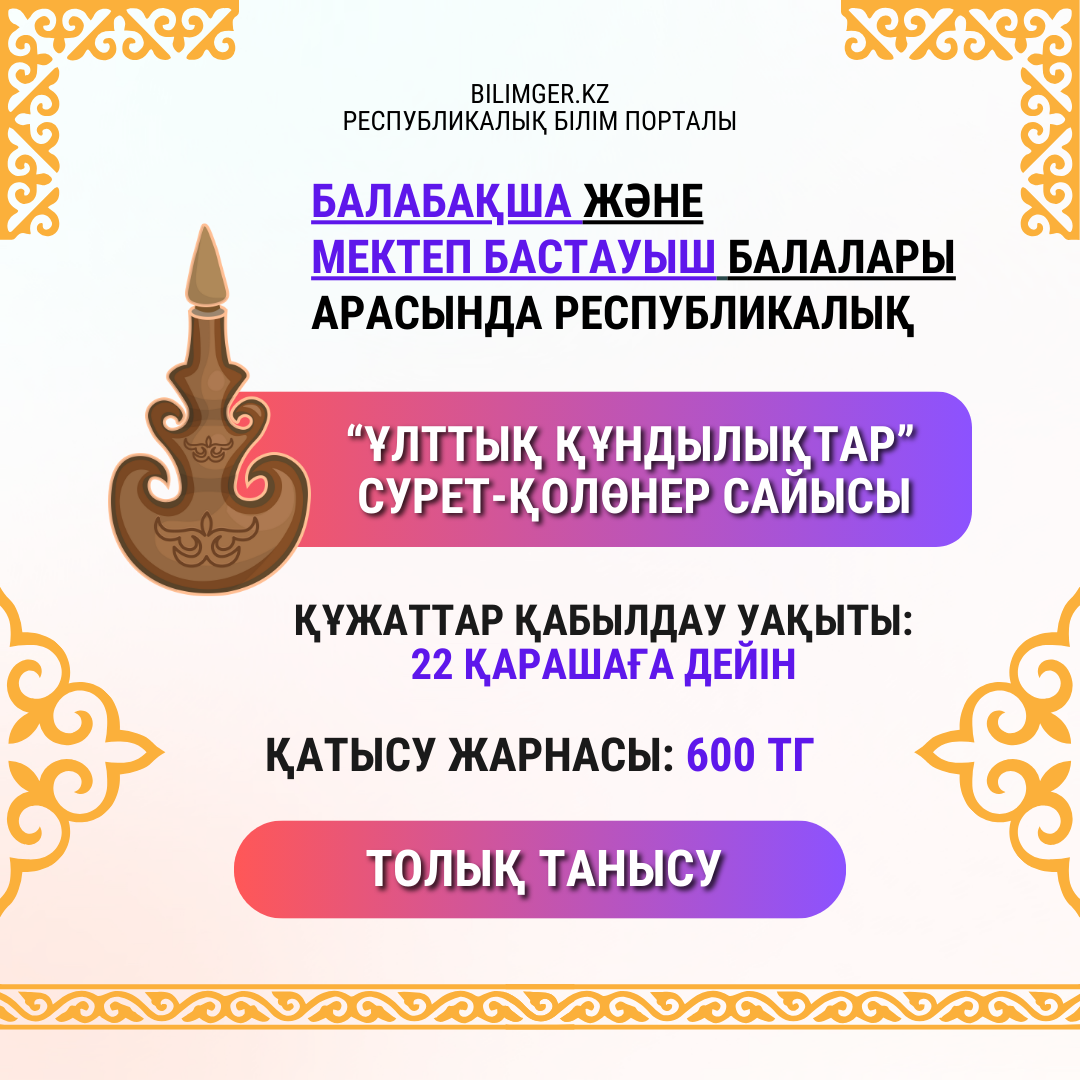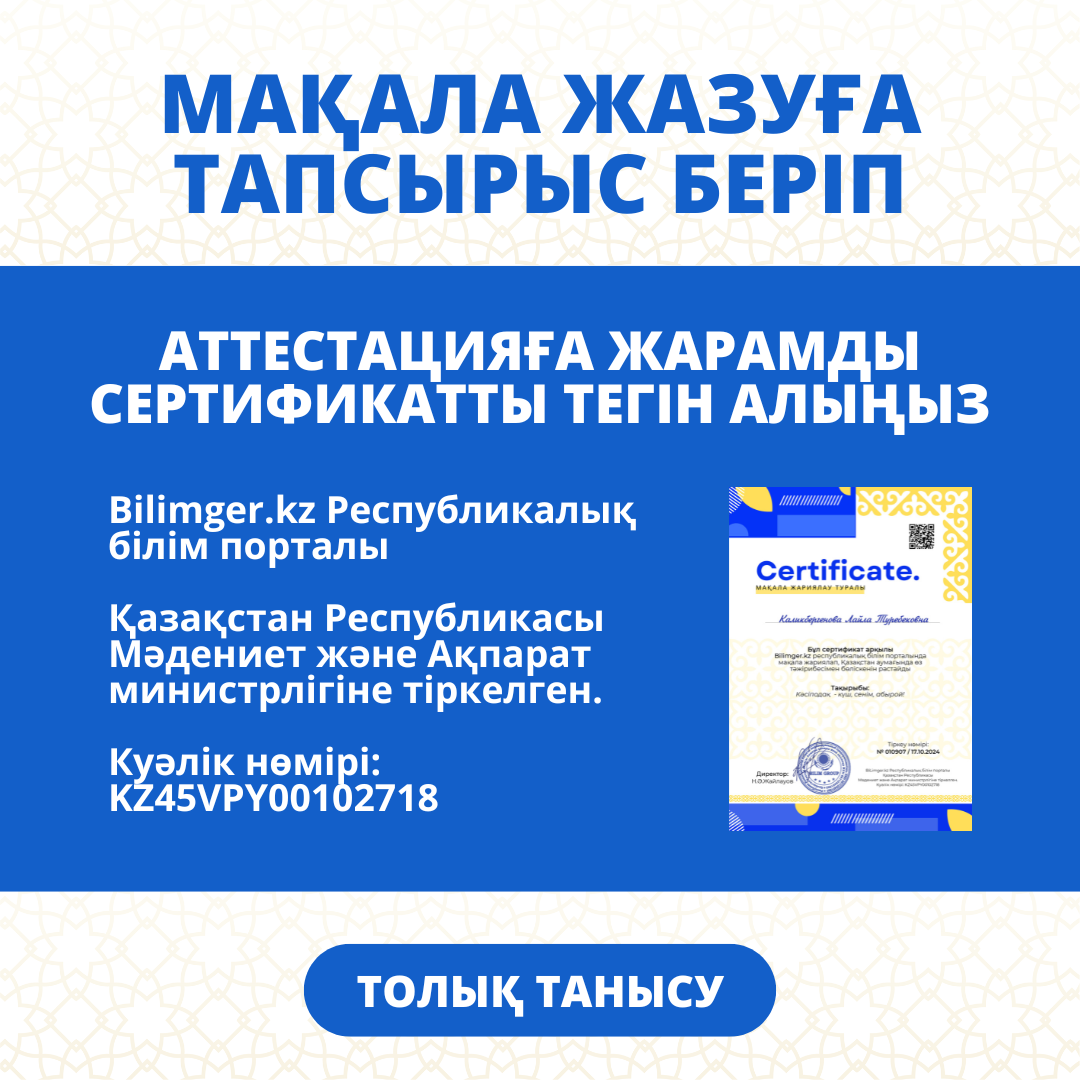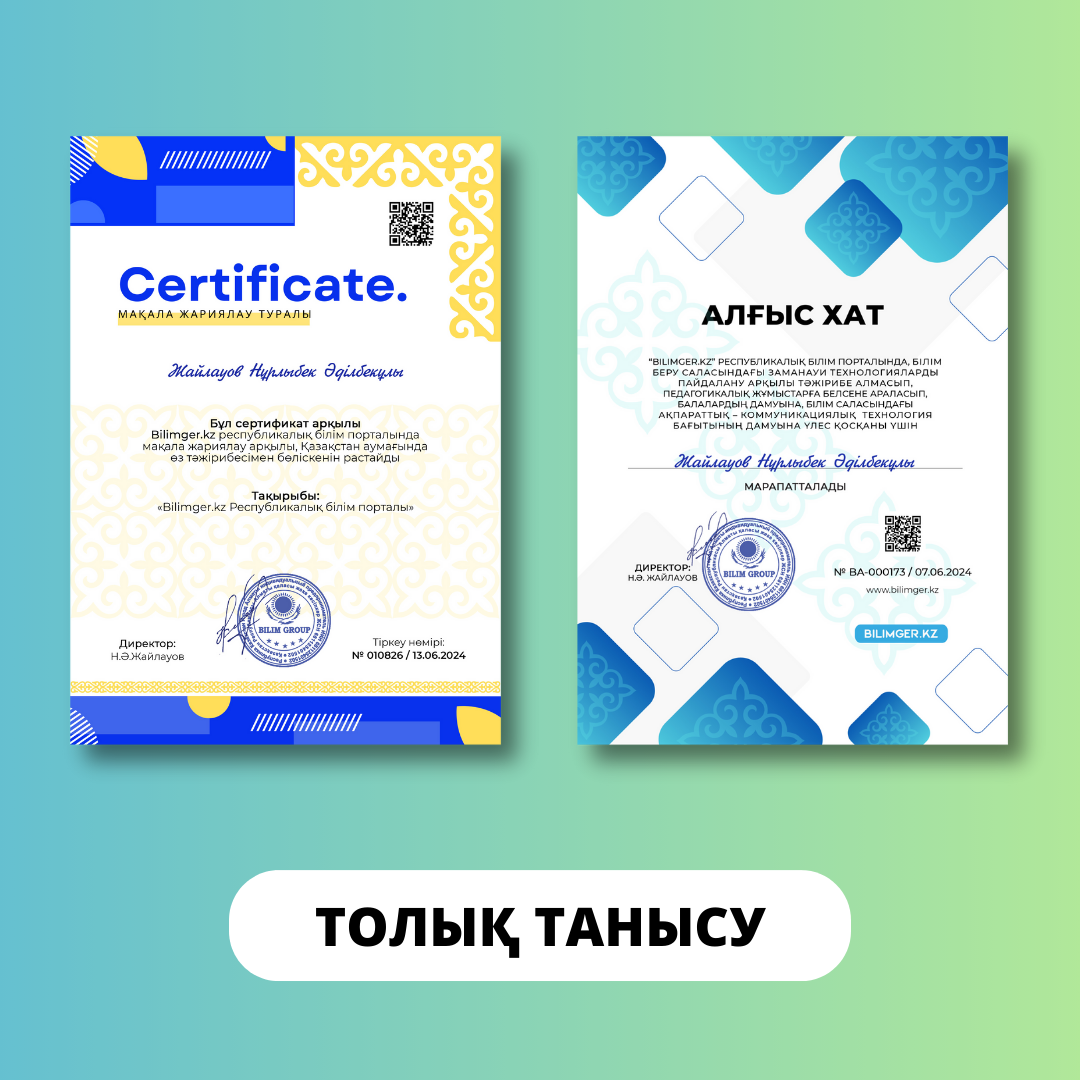Equivalence in Translation
GULZHAZIRA GABDKARIMOVA
Master of Arts., Senior Teacher at the Department of
Foreign Philology and Translation Studies
Skakova Zhanar, master’s student of
Al-Farabi Kazakh National University
What is translation activity? Translation is the transfer of the meaning of sentences, texts from one language to another. With this transfer, it is important to maintain the maximum similarity between the original language and the target language, and not to lose the original meaning. Translation helps us to establish understanding between two languages. Each language is individual, unique and alive, which is constantly in the process of change and addition. Old, little-used words become obsolete and new terms, jargons, youth slang comes to replace them. Translation can be written and oral. Equivalence means the same meaning in both languages. A person who works as a translator must keep up with these changes. In other words, improve in step with the times.
The key to successful and competent translation of texts is the initial correct approach to it. Most often, students who are just starting to learn a language mistakenly believe that they should translate the text verbatim. The more experienced professional knows that it is not advisable to literally translate every word for word. For example, the idiom “help yourself” means “угощаться чем-либо”, but if we were to translate literally, we would get the wrong distorted meaning of “помогать себе”.
It is necessary to take into account the individual characteristics, differences in each language, to be able to convey the individuality of the author and his feelings, emotions.
One of the reasons why students of a foreign language find it difficult to correctly express their thoughts, hesitate to speak, is that they are used to projecting their thoughts first in their native language, and only then transfer their thoughts from their native language to a foreign language. Therefore, professors in the Philological Faculty of KazNU named after al-Farabi, in teaching process, focus on the fact that students learn to think not in their native language, but in the foreign one.
Pay attention to the word order in the sentence, which applies to all languages. They are built in different ways, according to a certain sequence. Using the example of four languages, it can be determined that in Russian and English, sentences start equally with a verb, while in Kazakh and Korean languages the verb is located at the end of the sentence.
| “Не носите в здании головные уборы” | (Russian) |
| “Don’t wear hats in buildings” | (English) |
| “건물에서 모자를 쓰지 마세요” | (Korean) |
| “Бөлмеде бас киiм кимеңiз”
|
(Kazakh) |
Also, when translating words, it is important to take into account the cultural, national characteristics, traditions of the people of this language. It also leaves a certain imprint on the form of proposals. For example, the Korean people are known for their unity, team spirit, they do not identify themselves as an individual, on the contrary, they feel like a part, a cell of one common collective.
Therefore, the pronoun 우리, which means the plural “We” in Korean, is used by Koreans even in relation to themselves, as the 1st person, the singular. It means to themselves “personally” they speak in the plural. This is often heard from Koreans, as today, 우리 is the most common pronoun in use. But we translate this meaning as “I”.
우리 나라 my homeland
우리 집 my house
우리 어머니 my mother
Thus, we see that in order to achieve good results in translation studies, it is important to correctly understand its structure, to translate not one word at a time, but its general meaning in context. Making a literal translation, native speakers may misunderstand us, because in their native language they do not speak that way in everyday life and probably hear about the existence of such forms of sentences for the first time.
Hence, in order to achieve equivalentce in two languages, our task is to bring its similarity as close as possible, so it is important to look for the same components and equate it with those techniques that exist in a particular language. In this we can be helped by watching videos from native speakers, looking for synonyms, searching in terminological dictionaries, since there are nuances depending on various fields and areas of activity, for example: Features of translations of marketing, literary, artistic, technical, economic, scientific, political texts. Only by observing all the features, principles and the algorithm of action can achieve a high-quality translation.
Bilimger.kz Республикалық білім порталы
Қазақстан Республикасы Мәдениет және Ақпарат министрлігіне тіркелген.
Куәлік нөмірі: KZ45VPY00102718





